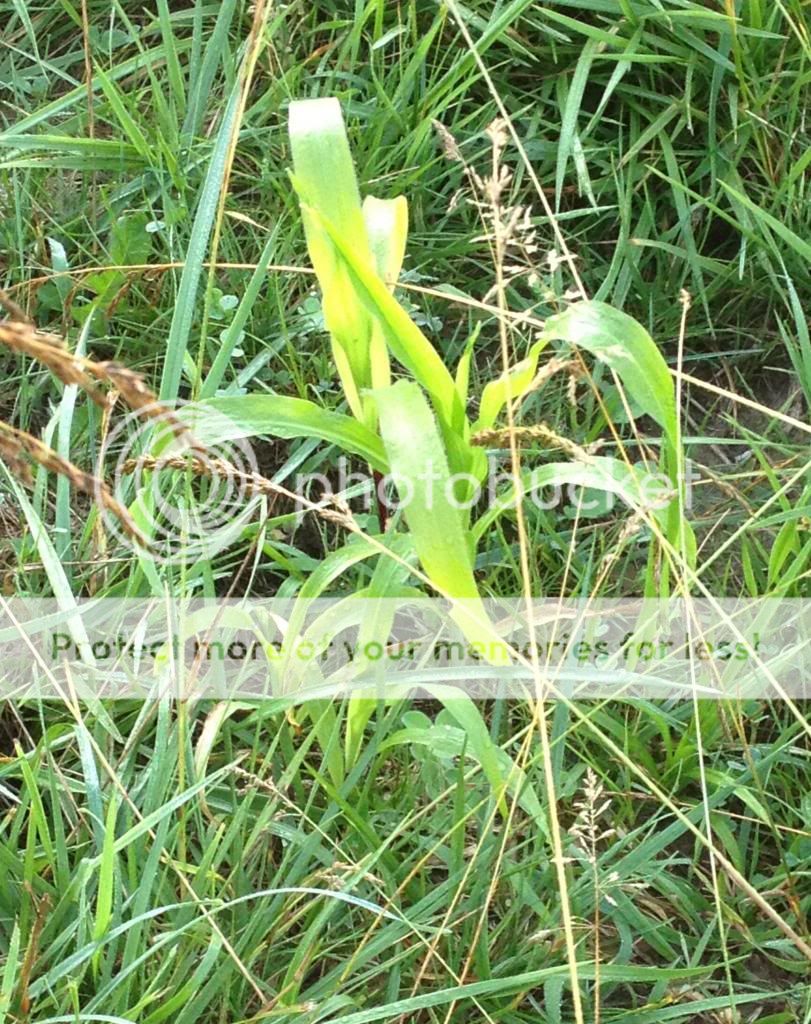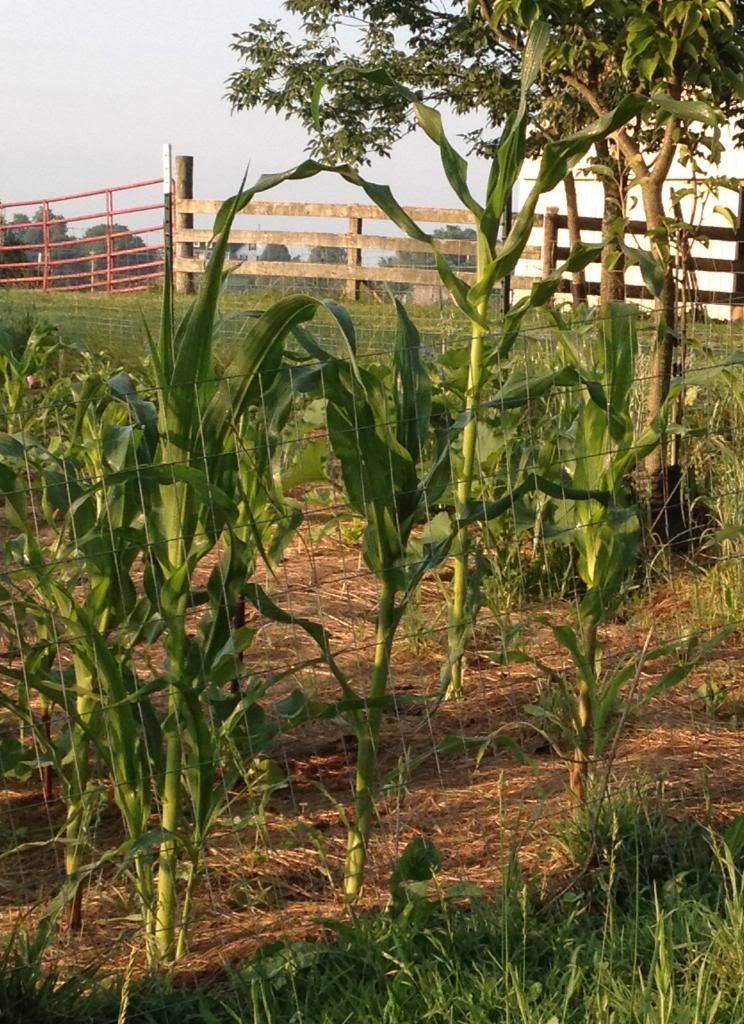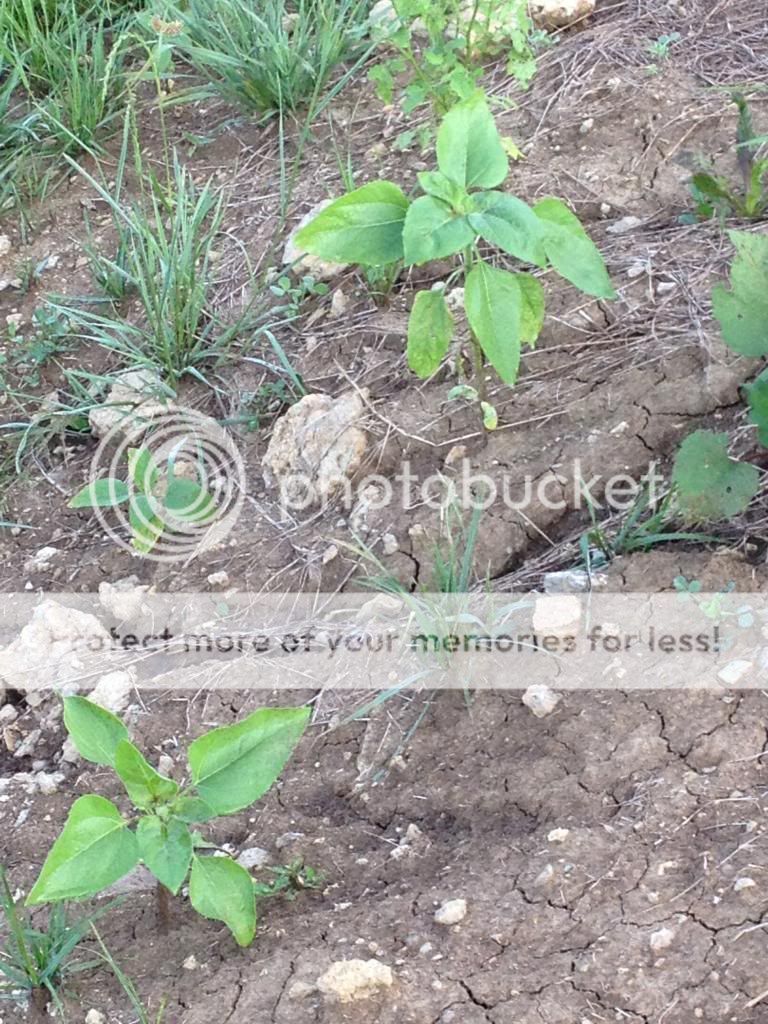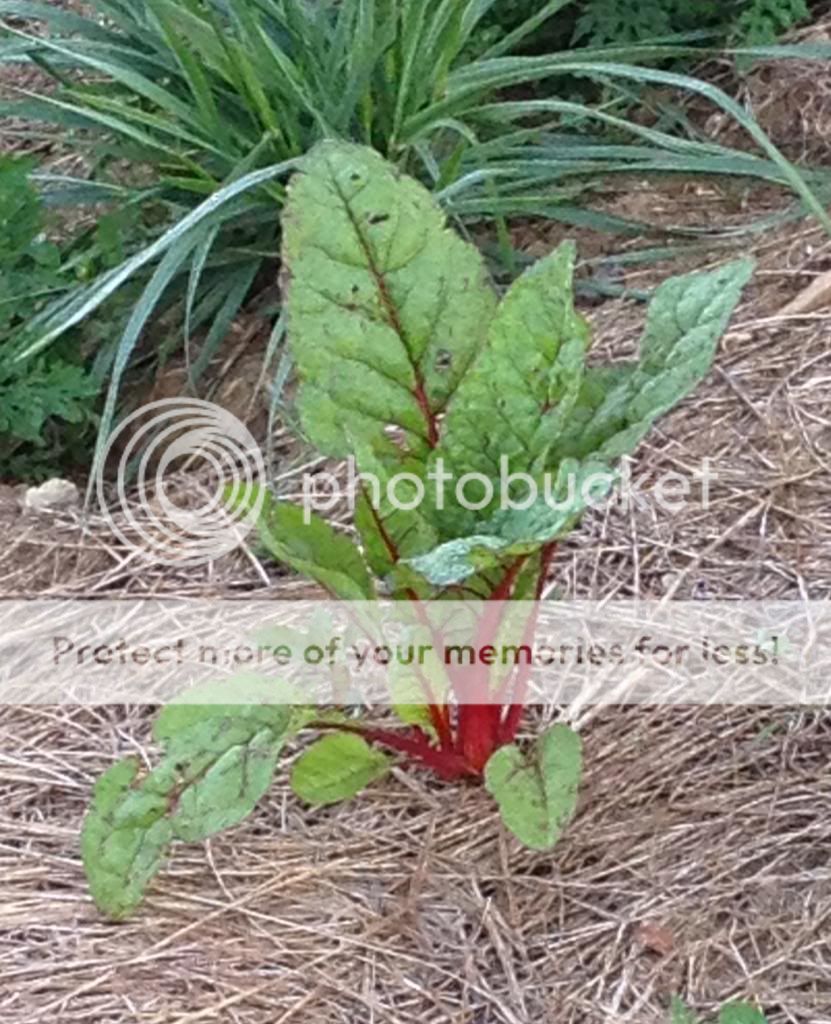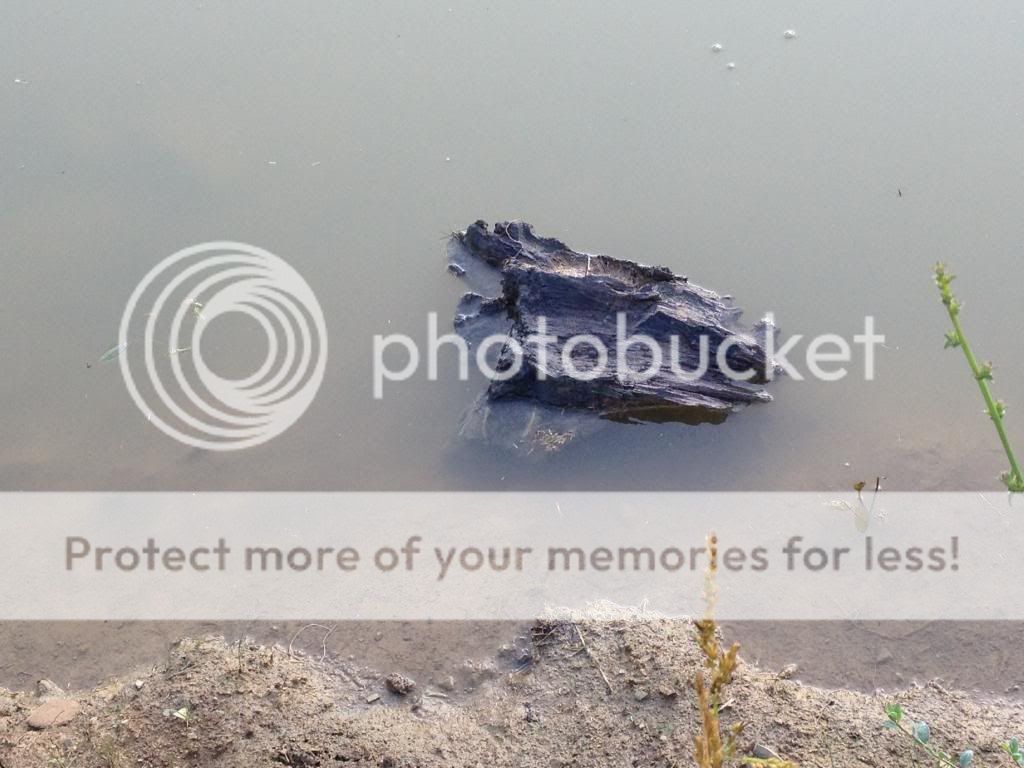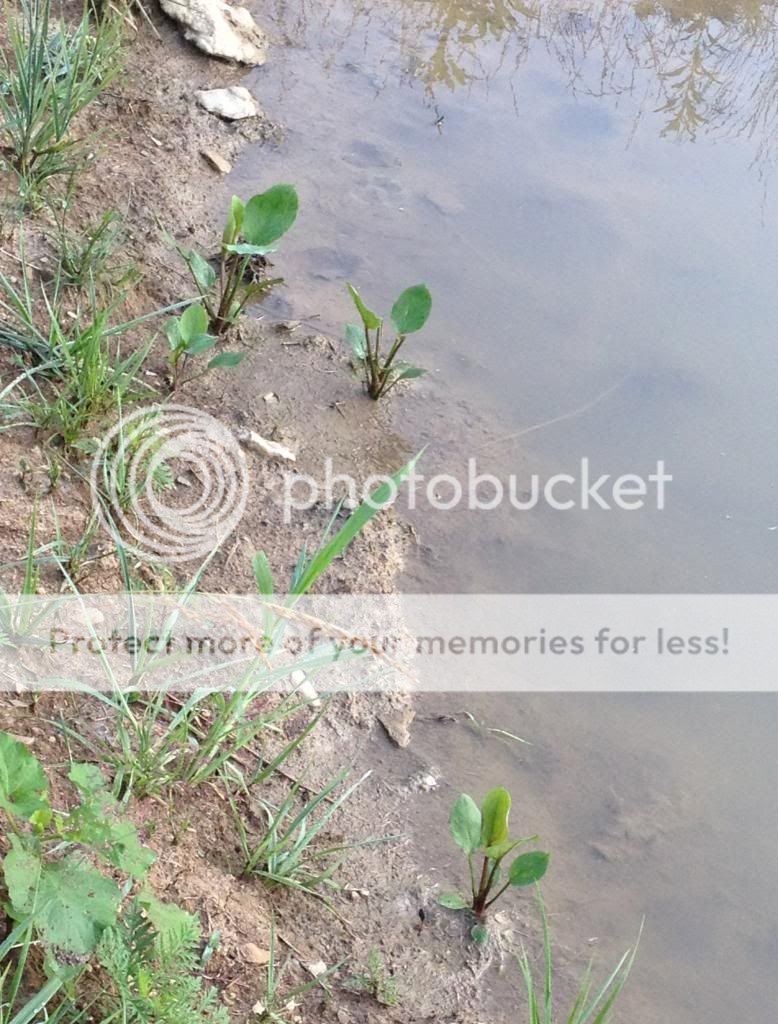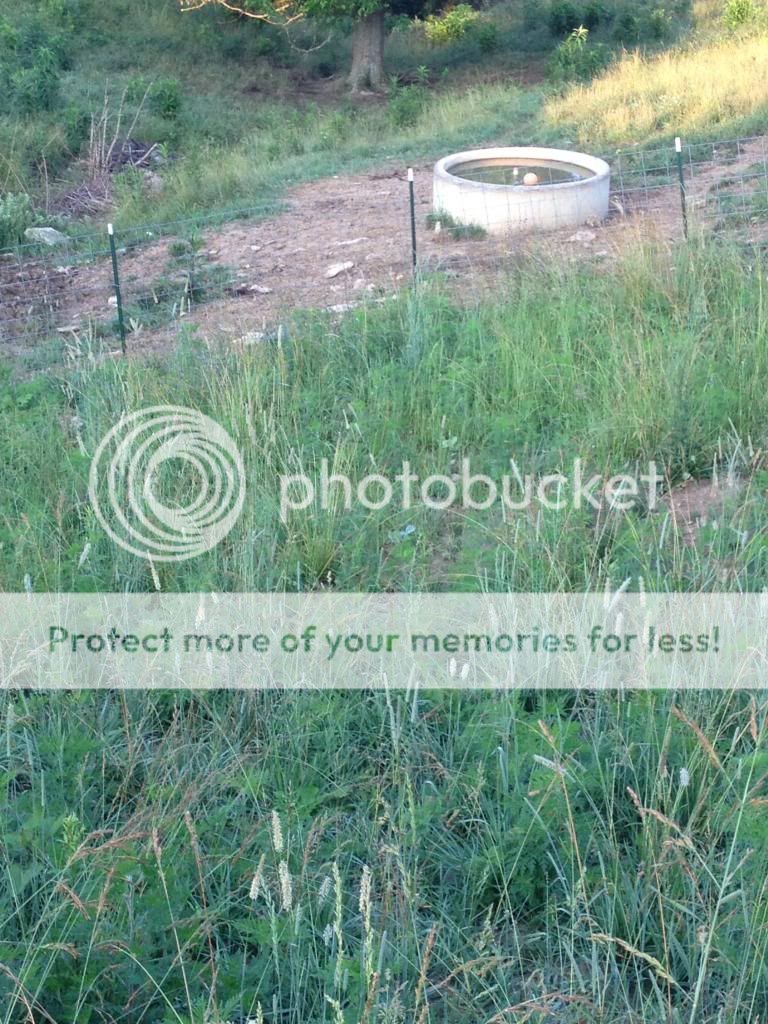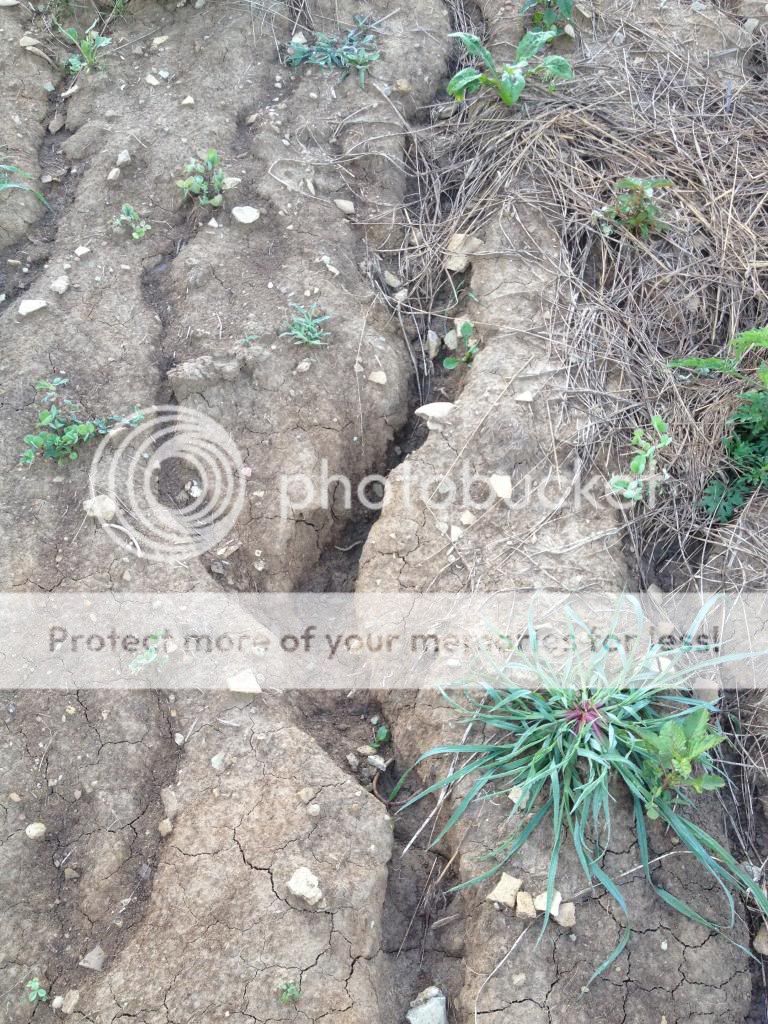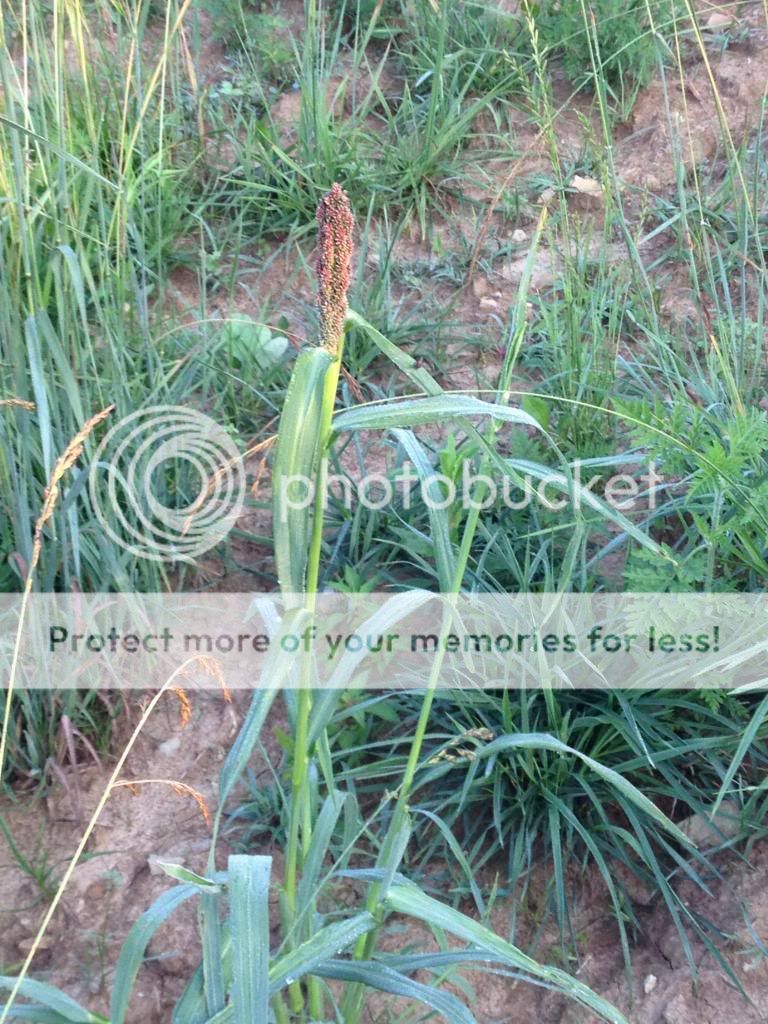Here's the latest on the pond.
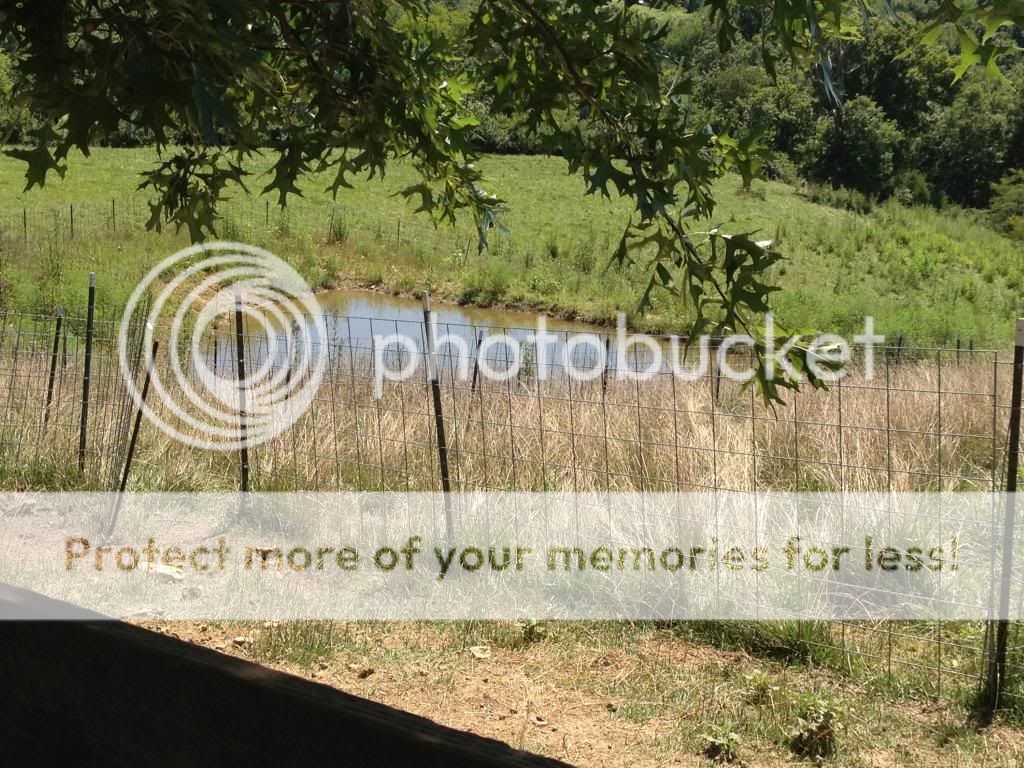
What I hoped was sweet flag is, I'm pretty sure, cattails. The kids want to let them stay, but I'm so afraid of them taking over - on the other hand they are a highly edible wild food... The seeds must have either ridden in on the wild ducks or blown in on the wind.
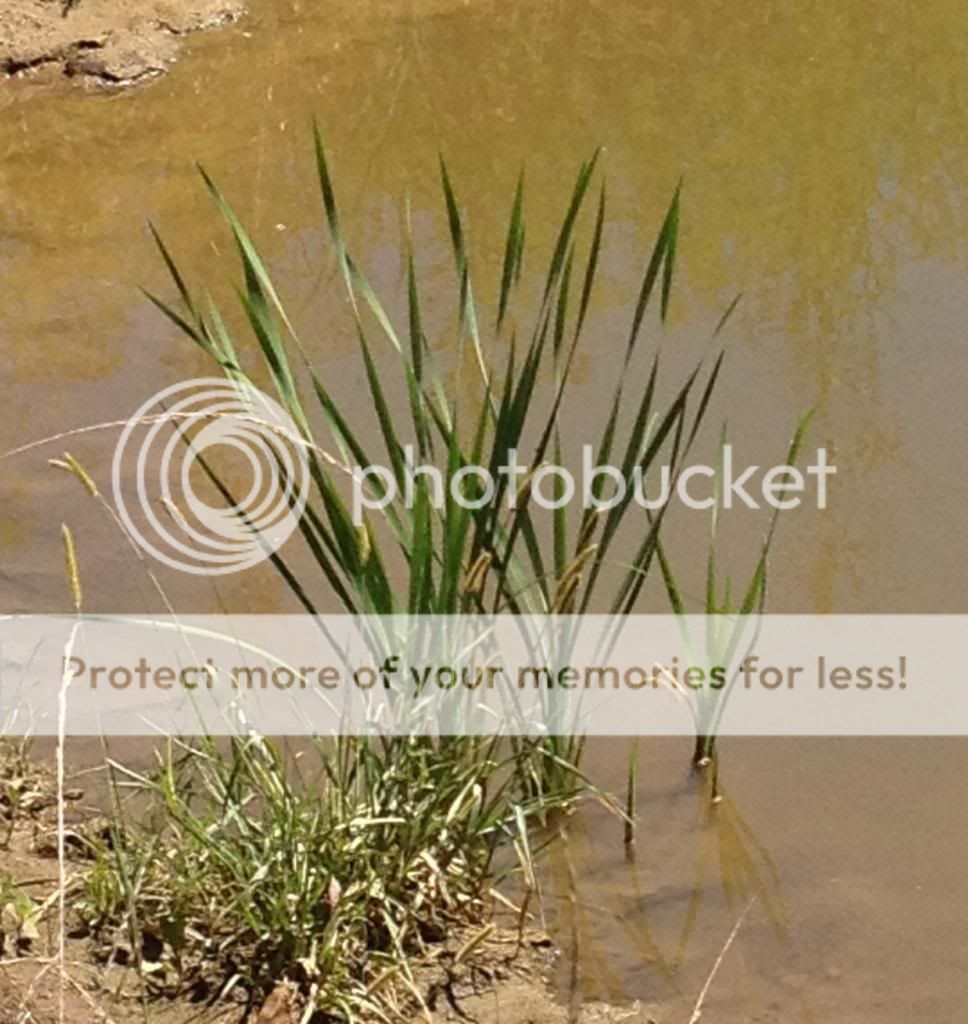
The sagittaria is blooming, in a big way. The leaves are staying round. I am now finding some that have arrow shaped leaves coming up in the water. Not sure what's going on there. The flowers are sagittaria shaped, 3 petals, etc. but much smaller than I was expecting, the petals are the size of millet seeds.
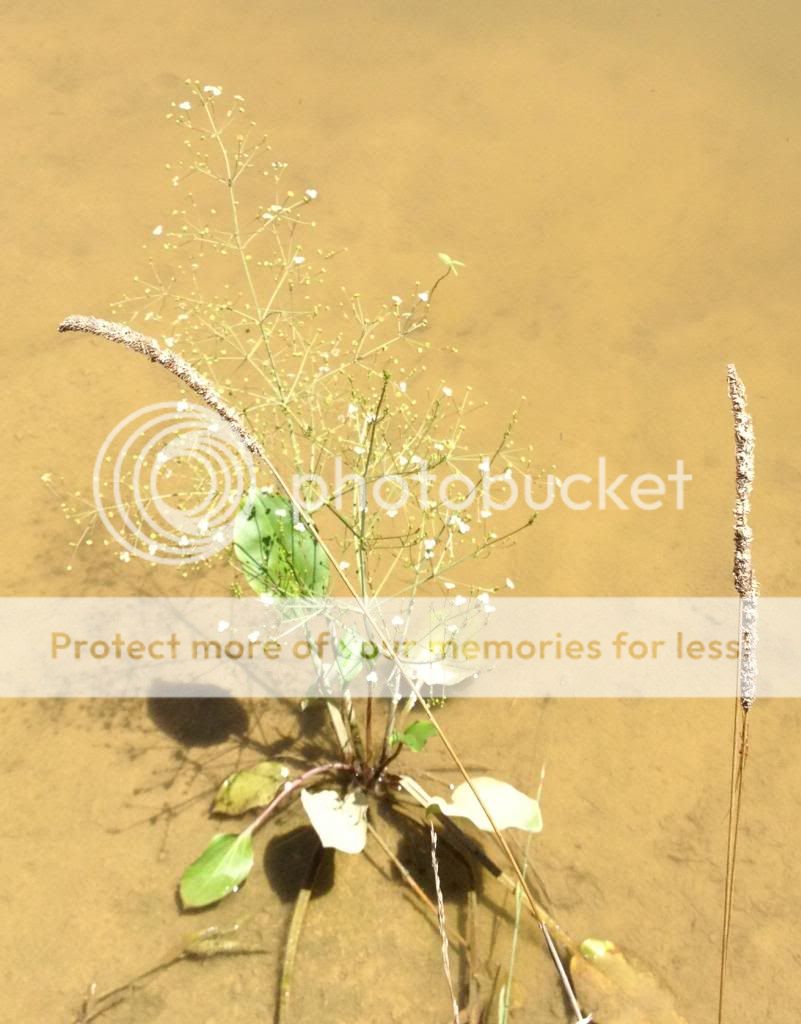
The corn, all of a foot high, is tassling and making ears. Tiny ears.
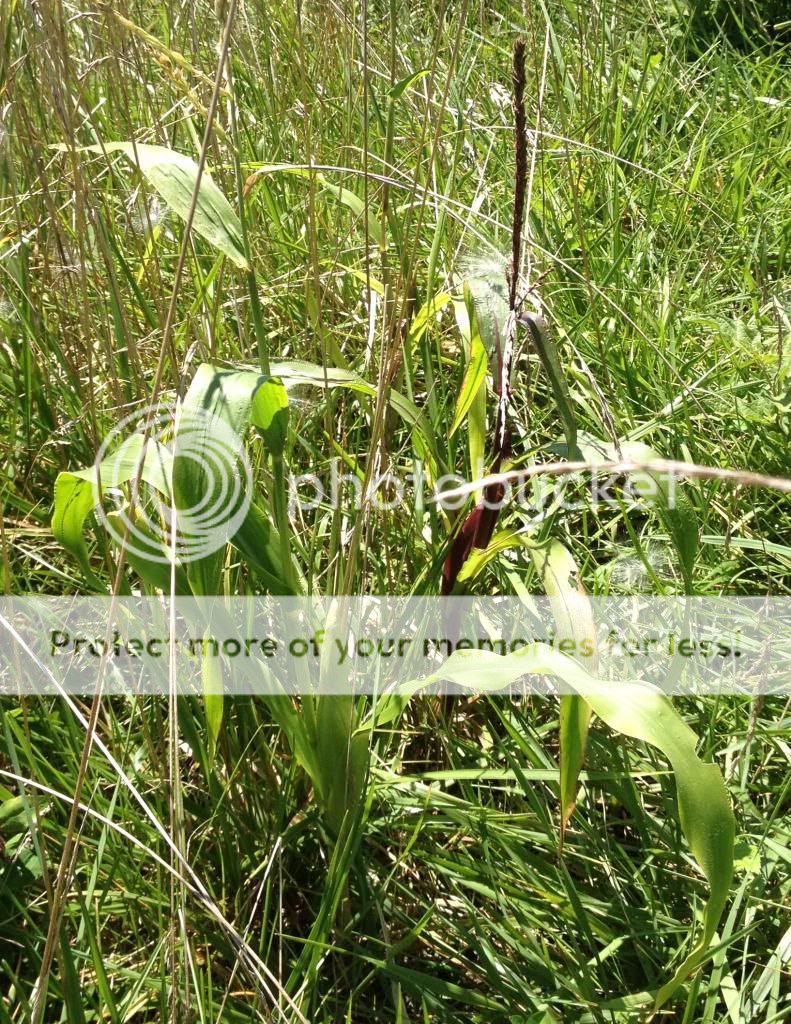
The sunflowers are growing tall but I doubt if they'll make it to 15 feet high. I think the ground is just too infertile to support that kind of rapid growth.
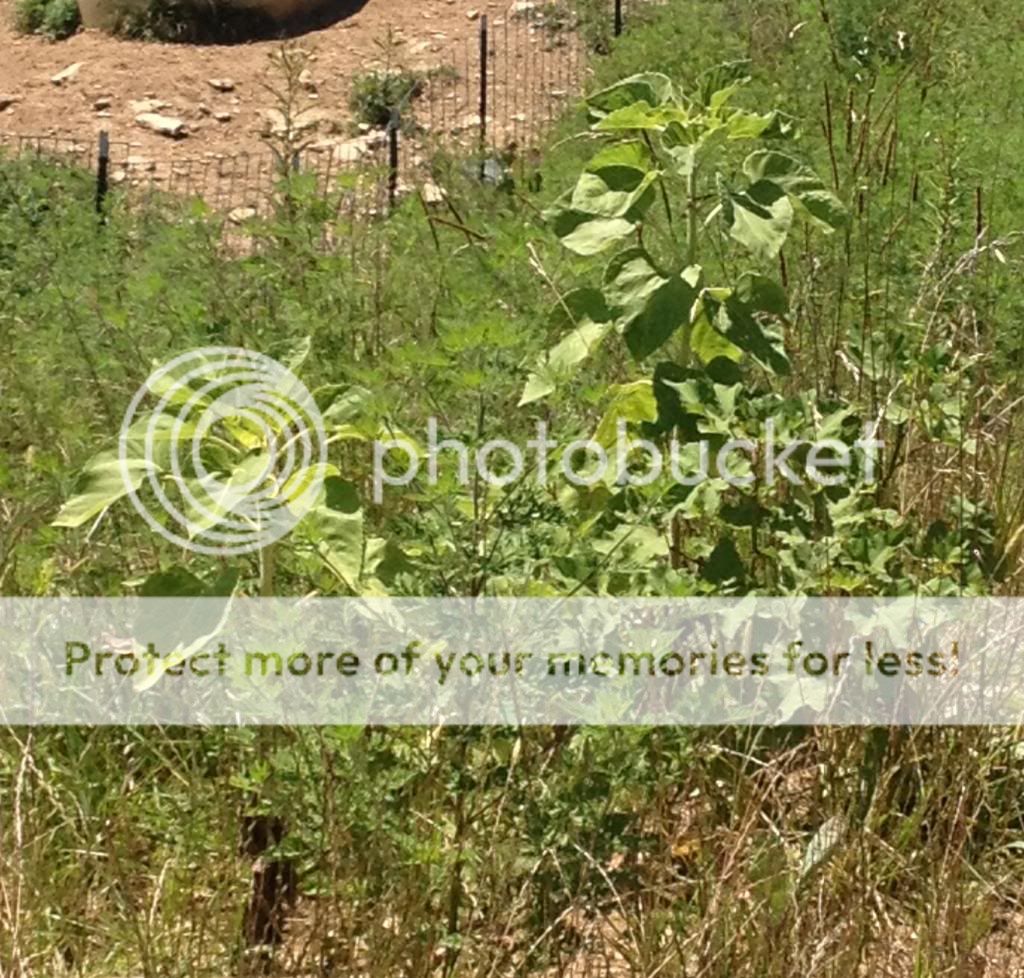
This weed is great at colonizing bare clay subsoil, hopefully the roots are as large as the top part, which will add a lot of carbon to the clay and support better plants in the future.
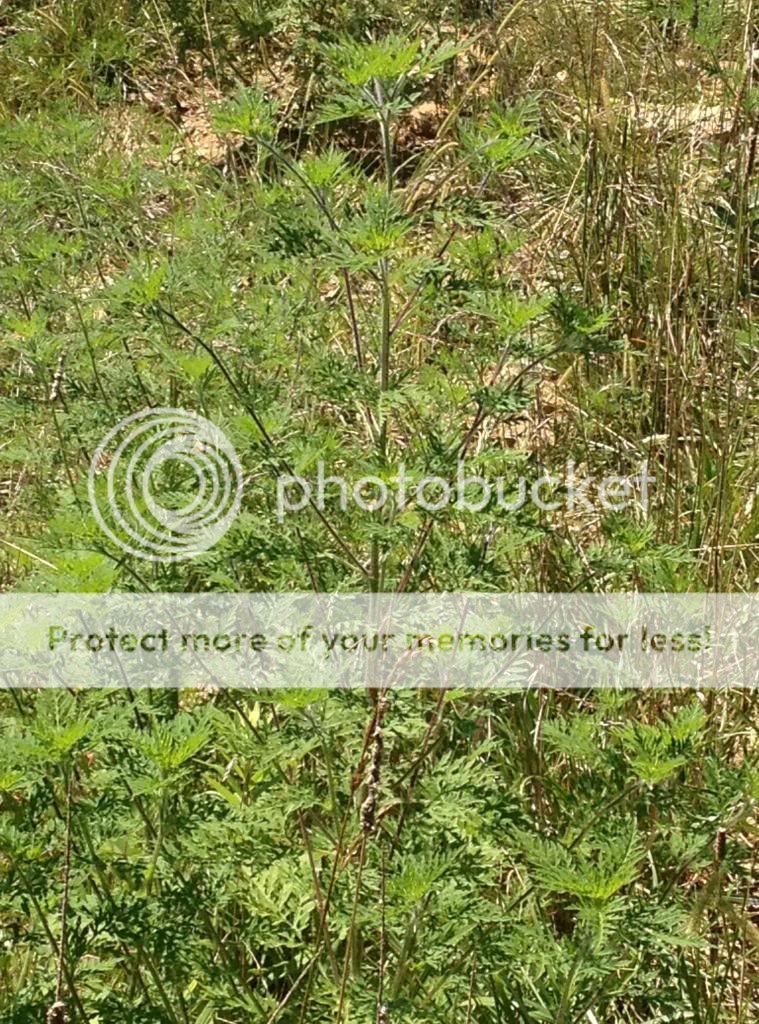
I am finding some of these, I hope they are coneflowers. I planted some coneflower seeds but this is the first sign of any of them not having been washed away when it was bare dirt.
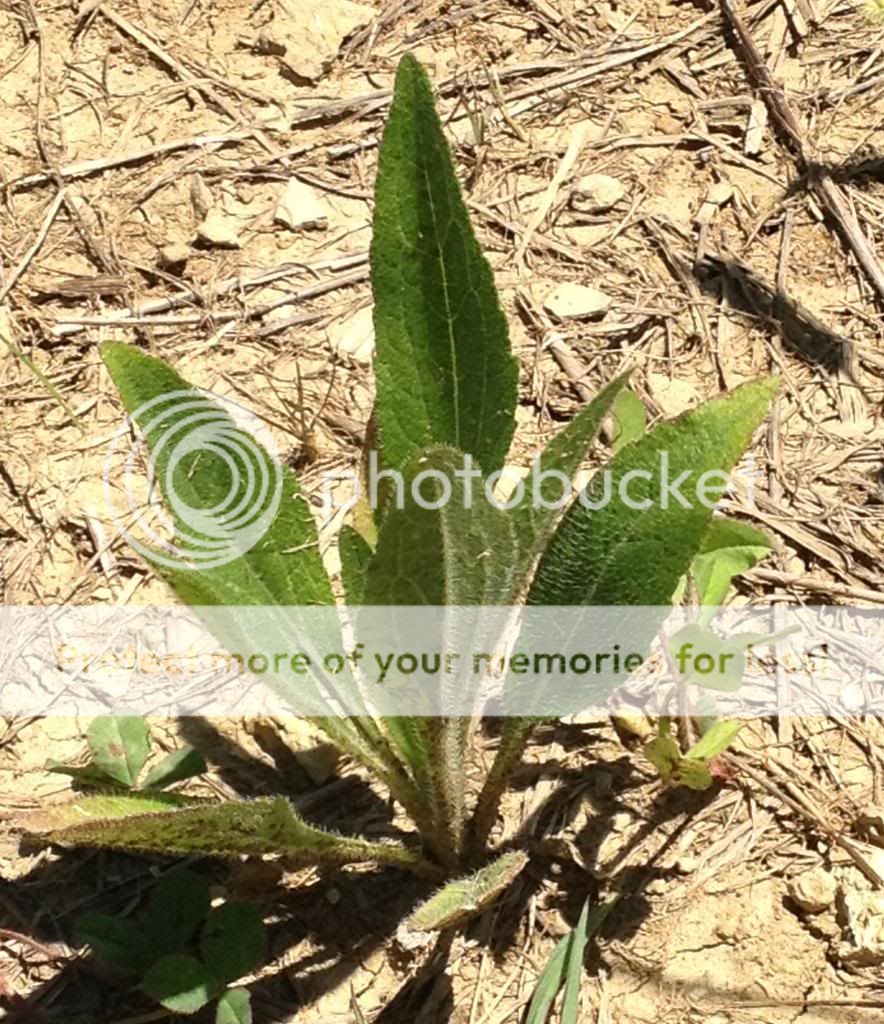
I've seen raccoon foot prints near the water. I believe this may be raccoon scat. It's full of blackberry seeds from a patch around 200 yards away. I wondered if the raccoon was eating our chickens (one will just disappear every now and then) but I saw a fox yesterday and I'm pretty sure that's the real culprit. In the foreground notice the foxtail seedhead. Some see this as a nuisance grass because the awns are sharp and get lodged in places in a splinter-like way in animals fur where you can't see it until it gets infected and swells up. BUT it's excellent food for tiny birds like the goldfinches we see frequently by the pond, or our newest project, button quail.

The gamagrass is surviving, tho not growing as towering-tall as the plants in the original location, tho one does have a seedhead.
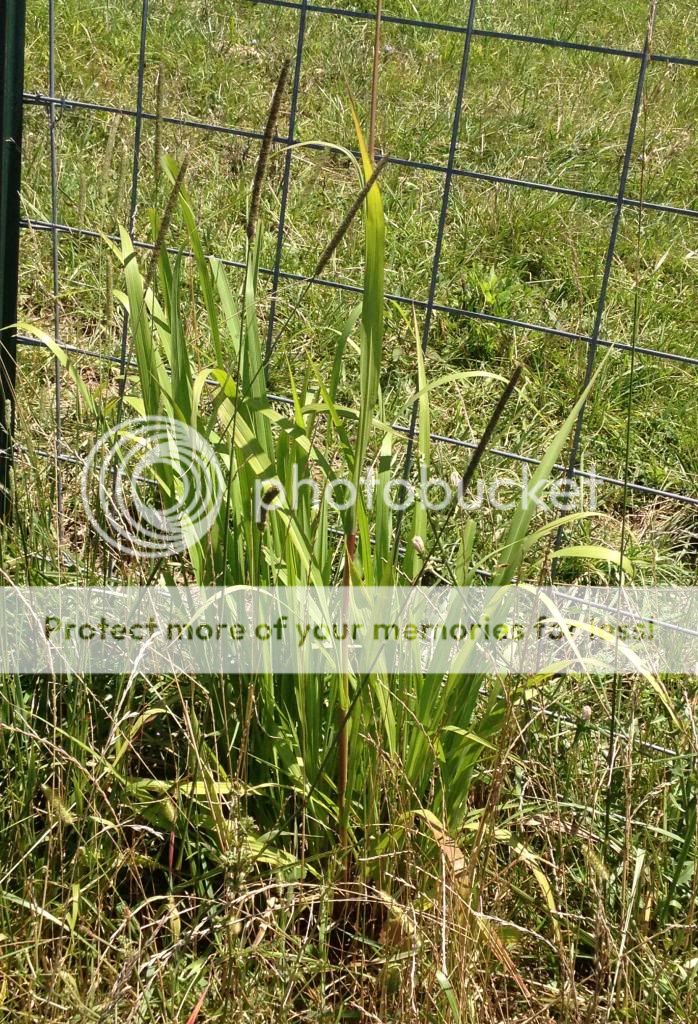
This is the distinctive seedhead of the plant - some of them are almost a foot long and nearly as thick as a pencil. Sorry my photo came out a little blurry.
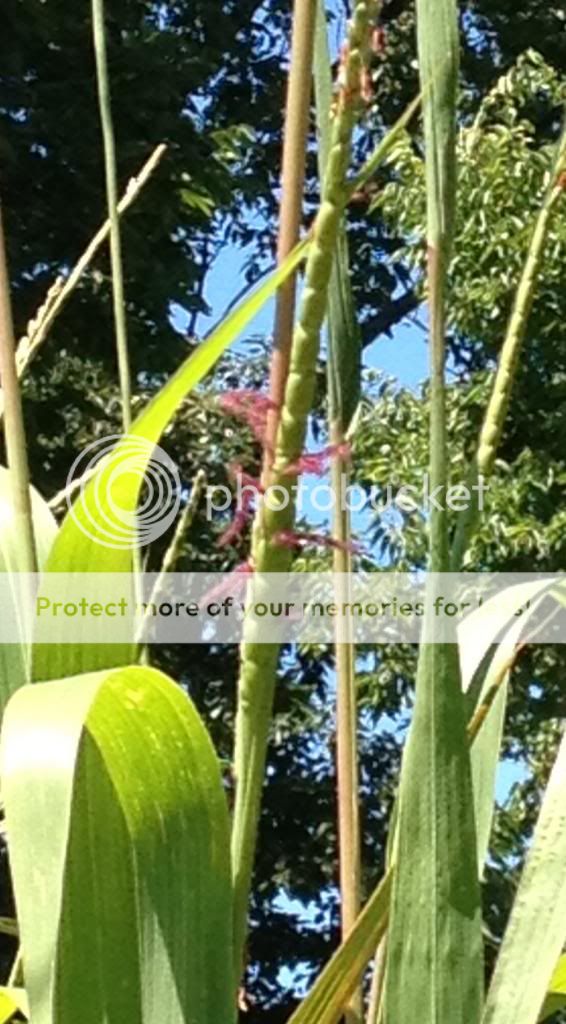
There are around 15-20 frogs living near the edge of the pond, and a whole flock of goldfinches that come daily to feast on the different seeds. I think there are around 15 kinds of grass including timothy, fescue, bluegrass, and sweet grass as well as desirable plants like chicory that serve as seed reservoirs for the pasture where the seedheads may get mowed or eaten by the cattle before they mature. I can see schools of minnows flowing around the edges of the pond, and I only hope the catfish I put in there are still alive somewhere in the murky depths.

 2
2
























 2
2









 The recommended stockers for KY are bluegills and bass, but my pond is less than 30 feet across, I think too small to fit very many bluegills in, and probably only enough room for 1 or 2 bass. So I'll be buying catfish instead.
The recommended stockers for KY are bluegills and bass, but my pond is less than 30 feet across, I think too small to fit very many bluegills in, and probably only enough room for 1 or 2 bass. So I'll be buying catfish instead.












